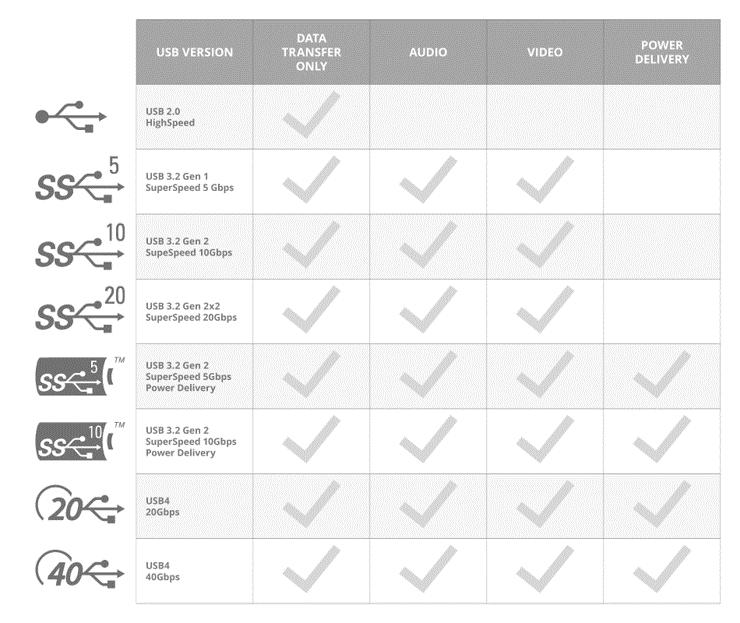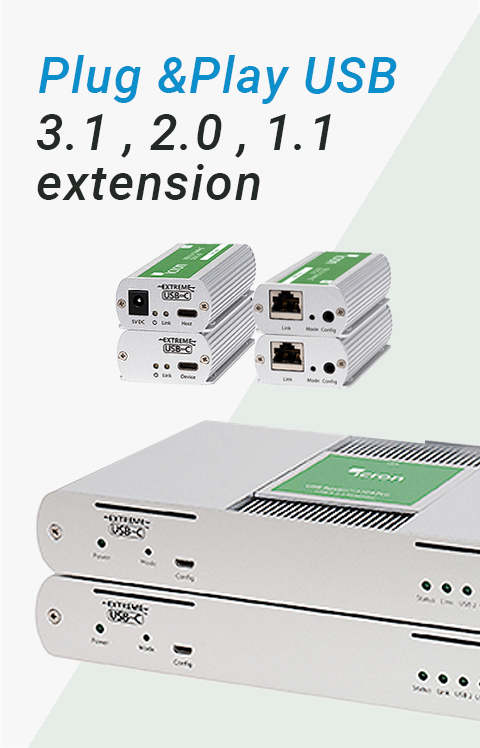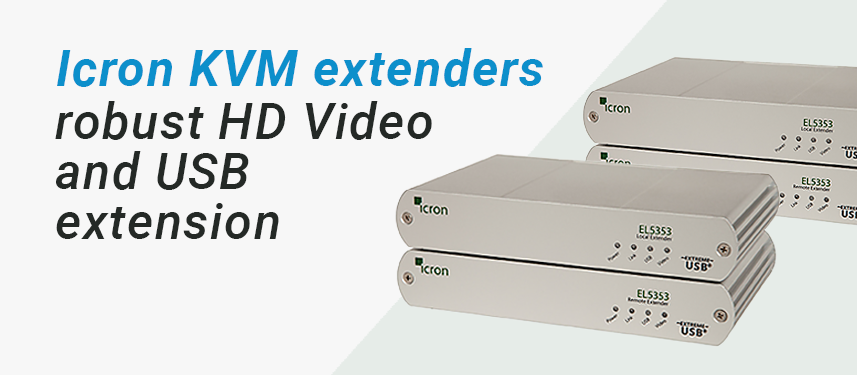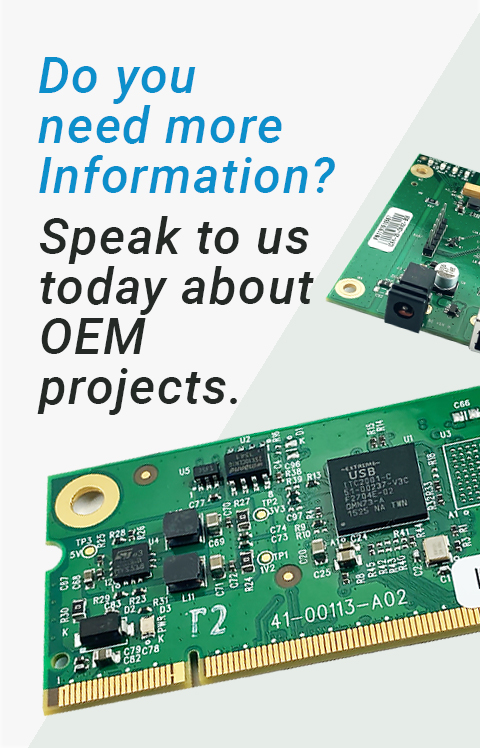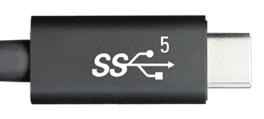A Guide to USB Port Symbols

When you closely observe your USB devices and ports, you may see the USB symbol that represents the compatibility and functionalities of the port. Initially, it was a simple three-pronged pathway known as the "Trident Logo" by the USB-IF. This trident consists of a circle leading to three distinct shapes: a smaller circle, a triangular arrow, and a square. This symbol signifies that a standard USB connection port can be used to connect to a variety of cables and devices.
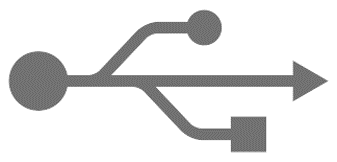
What are the key USB symbols I should be aware of?
Its important to understand that different USB generations of cables, based on their release stage or intended transfer speeds, offer varying features, generally categorized into data transfer, audio, video, and power delivery.
Here are the main symbols in approved USB iconography that you can watch out for:
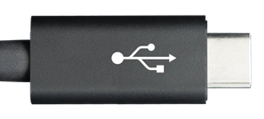 |
High Speed USBThe USB connection known as Hi-Speed, or USB 2.0, is identified by specific icons found on devices that support a bandwidth of 480 Mbps. Its symbol features the simple three-pronged pathway, starting with a circle leading to a smaller circle, an arrow-like triangle, and a square. |
|
|
Super Speed USBSuperSpeed USB, also known as USB 3.0, is an advancement over its predecessor Hi-Speed USB. Its symbol features the standard USB trident logo with an additional "SS" inscription and a transfer speed capability of 5 Gbps shown above the trident. |
|
 |
Super Speed+ USBSuperSpeed+ USB, also referred to as USB 3.1 Gen 2 and USB 3.2 Gen 2 is an advanced USB standard that offers speeds twice those of USB 3.0. Its symbol features the standard USB trident logo with an additional "SS+" inscription, and a transfer speed capability of 10 Gbps shown above the trident. |
 |
Super Speed with Power DeliverySuperSpeed with Power Delivery is a USB standard that combines the high-speed data transfer capabilities of SuperSpeed USB (USB 3.0 and later versions) with power delivery functionality. The symbol contains the same stylized icon seen in SuperSpeed USB encased within a battery-like shell logo including a trademark symbol. |
||
 |
Super Speed+ with Power DeliverySuperSpeed+ with Power Delivery is an advanced USB standard that combines the high-speed data transfer capabilities of SuperSpeed+ USB (USB 3.1 Gen 2 and USB 3.2 Gen 2) with power delivery functionality. The symbol contains the same stylized icon seen in SuperSpeed+ USB encased within a battery-like shell logo including a trademark symbol. |
|
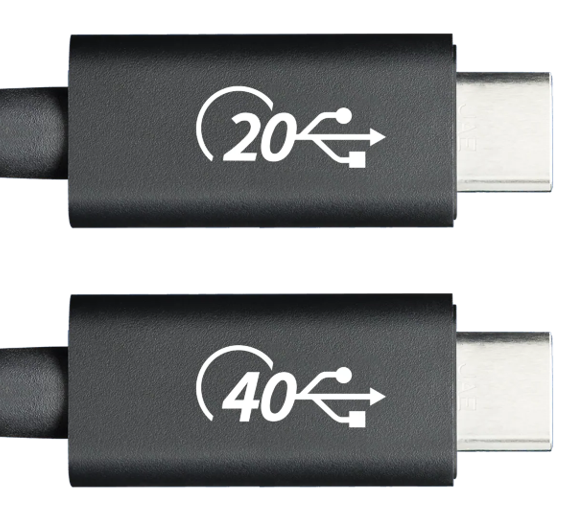 |
USB4USB4 is the latest USB standard that offers faster data transfer speeds and improved compatibility. USB4 is easily identifiable by its clear marking of transfer speed capability and the standard USB trident symbol. |
|
 |
Fast ChargingFast-charging capability is indicated by the presence of a traditional lightning bolt symbol adjacent to a USB-A or USB-C connector. This signifies that the port provides rapid charging functionality for mobile devices, including phones, tablets, and other connected accessories. |
 |
DisplayPort Alt ModeAlthough uncommon, DisplayPort Alt Mode can be identified by a black D icon with a white P inscribed inside. This symbol indicates that the port supports DP Alt Mode, enabling the delivery of video content. |
Form Factor and Common Connections
USB-C is designed to accommodate devices with a smaller and more compact form factor while also supporting faster data transfer speeds.
While USB-C is increasingly prevalent in connection with emerging technologies, it is most commonly utilized by smartphones, tablets, flash drives, SD card readers, power banks, external hard drives, headphones and even some modern laptops like Google's Chromebooks and Apple's new M1 Macs.
Alternate Modes
The USB Type-C connector pins have the capability to carry signals other than the standard USB data and power, allowing for functionalities like DisplayPort Alt Mode which enables laptops or tablets with DisplayPort capability to directly connect to an external monitor using USB-C ports.
Here is a breakdown of the transfer speeds associated with USB-C:
USB-C provides support for USB4, 3.2, and 3.1, while also being backward compatible with USB 3.0 and USB 2.0. The following chart illustrates the features carried by each USB version.
